Video Gamer is reader-supported. When you buy through links on our site, we may earn an affiliate commission. Prices subject to change. Learn more
Lords of the Fallen may carry the namesake of its predecessor, but it bears mercifully few of its sins. A new Soulslike with plenty of rough spots, there is an undeniable charm, passion, and love for the genre that shine through to create a genuine experience. So what went right this time around? How has Lords of the Fallen 2023 learnt from its predecessor’s mistakes, and what still needs improving? We’ll cover it all in this Lords of the Fallen review.
First impressions are a hurdle at which the game stumbles. Throughout my first hour, I found myself despairing at an overstuffed tutorial, poorly balanced enemies, clunky combat, an unflattering visual style, and a generic story. Yet remarkably, by the second hour, most of these problems were resolved.
The game’s style struck me foremost. After tweaking my setup for the best graphics settings I could manage, particularly turning off film grain, I found a stunning world before me. Large landscapes loom with some fascinating setpieces, particularly in the Umbral Realm – the parallel dimension you’ll enter and exit throughout the game. Colour could have been used more fervently, and some aesthetics feel unfortunately generic, but these shortcomings are offset well by a consistent level of detail which impresses a grounded sense of a lived-in world, and the crises it now faces. Later areas of Mournstead also begin to shirk these shortcomings entirely as the game finds its narrative footing.
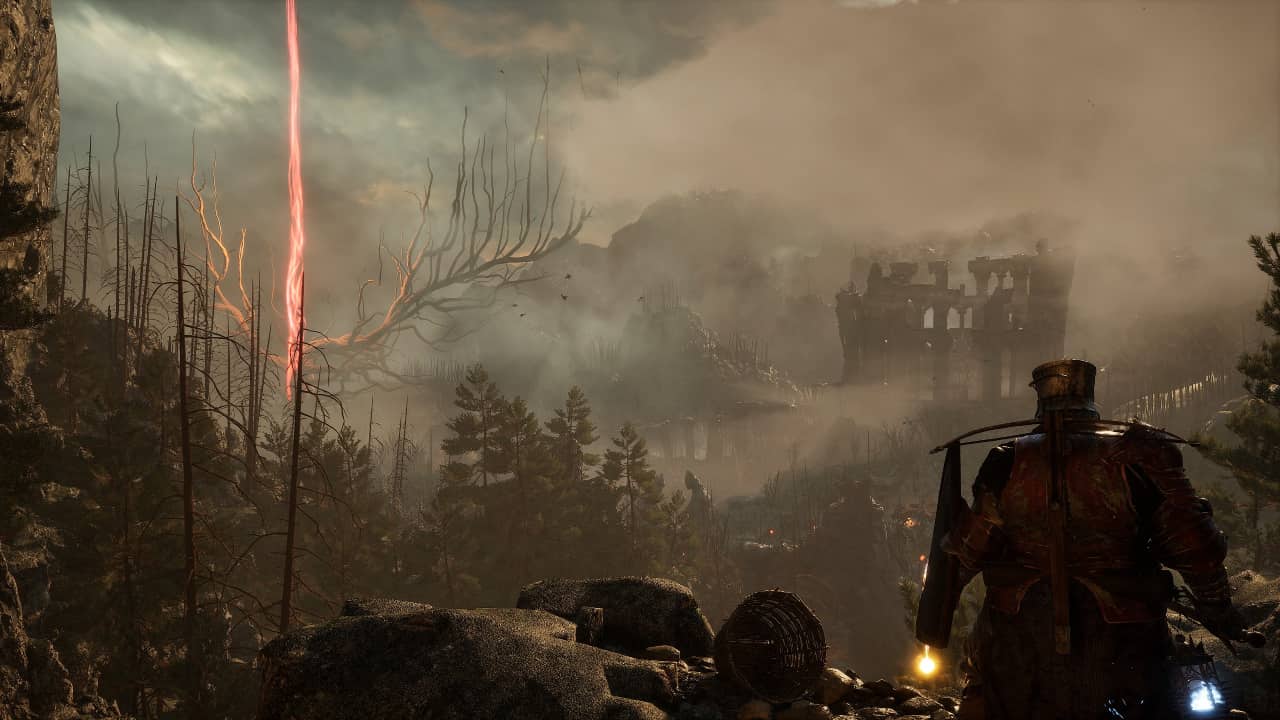
That narrative is reasonably engaging. It’s best driven by the game’s cast of characters, each of whom feel distinct and unique, bringing different perspectives and ideas. Some clearly have their own agendas, and that does a lot to sell the story. You’ll meet disciples of Orius, followers of Adyr, and those who reject the clashing gods entirely during your playthrough. It isn’t a masterpiece yet though – there’s still too much adherence to the norms of the genre, and as such Lords of the Fallen struggles to define a clear identity. Nonetheless, this is a huge step in the right direction. And it’s made up for by worldbuilding.
So much of this game showcases a deep, loving passion from the developers at Hexworks, and the worldbuilding best exemplifies it. Almost every item has a description, fleshing out factions, dynamics, characters, and places. The Umbral Realm includes sites of remembrance, effectively calcified memories that the player can soulflay. Doing so plays out memories of fallen bosses or the last moments of unnamed characters, and each occasion cumulatively builds an atmosphere and tone of tragedy, grief, and hope. Even your Vestiges – this game’s bonfires – are built from fallen warriors, and each one has its own backstory. Worldbuilding is one of this game’s deepest features, and while its format still takes its cues from Dark Souls, its execution nonetheless adds much to the locations, people, bosses, and story with great success.
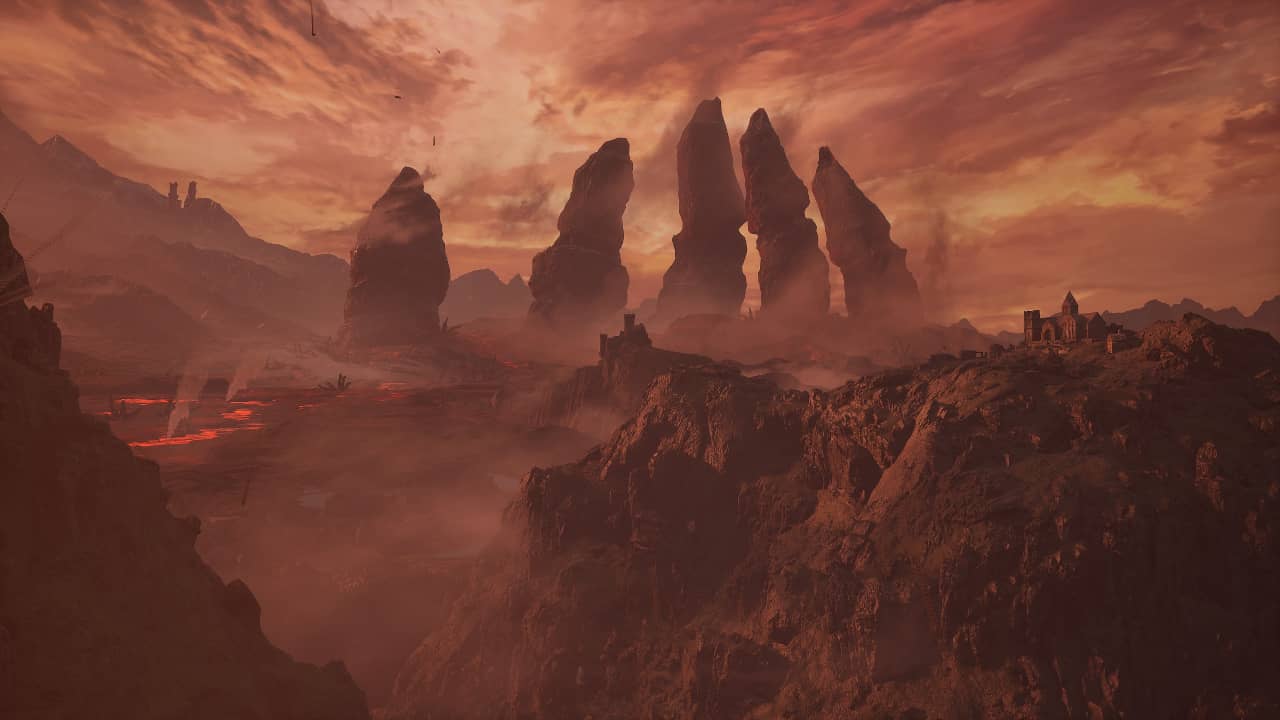
But these aspects only carry a game like this partway, and gameplay must complete the picture. Combat in Lords of the Fallen isn’t exceptional, but nor is it poor. You’ve got so many known mechanics, which again hurt its sense of identity, but are still handled well. From blocking, guard regains, parrying, dodging, armour weight, and more, any player will quickly be familiar with much of what this game’s combat approach offers. It feels noticeably slower than similar Souls-likes, and pales in comparison to the precise execution that Lies of P recently offered. Some moves are a bit rough, others a little strained, and occasionally this culminates in unfair hits or deaths. But these problems are mitigated by a recognition on the part of the developers. To balance against the weight, you’ve got extremely generous iframes for dodges, large windows for standard parries, and a vast arsenal of armour, weapons, upgrades, and spells. This ultimately leaves combat in a state well within permissible limits of playability and fun.
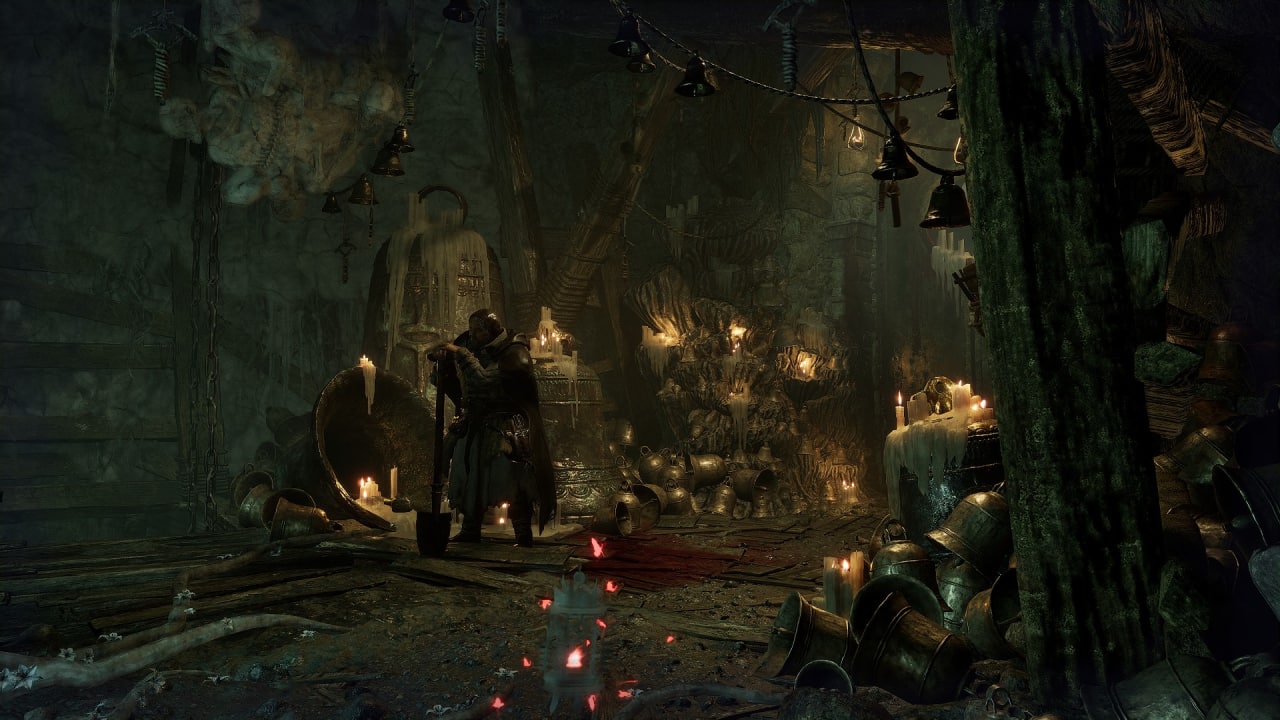
Enemy design matches the variety of your arsenal, and while some are frustrating, almost all feel purposefully created. Every type shows distinct behaviour, attacks, and strategies, encouraging the player to problem solve. Sometimes you’ll face squishy combatants in overwhelming numbers, on other occasions you’ll be locked in ranged combat with vigilant foes. Encountering opponents who stand apart from one another lends great flavour to every level. If there’s one complaint I have here, it’s the overzealous tuning of some enemy damage. While not universal, there are a number of enemies who deal simply astonishing levels of damage with basic attacks, pushing players to invest heavily in armour and health to survive. This is good to an extent, but perhaps a little overdone, and a prime candidate for future balancing.
Levels aren’t inspired in their own right, taking much from the genre as a whole, but they still serve the game effectively. You’ll encounter greatly differing environments, plenty of which play with verticality and shortcuts. Sometimes these shortcuts feel a little pointless, sometimes they’re much appreciated. Rarely, if ever, did exploring a level feel truly tedious. Even the swamp level was acceptable, albeit just barely.
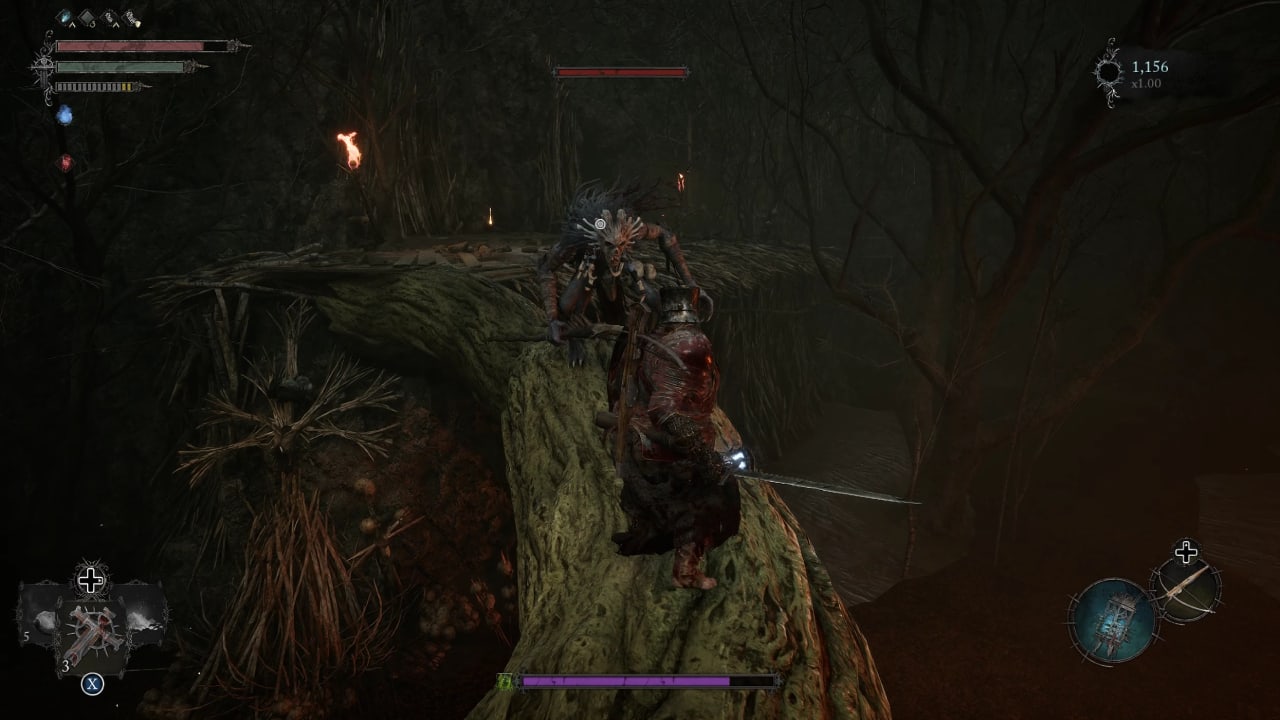
Worth a mention all on its own is the game’s one truly unique mechanic, the Umbral Realm. Transposed in the same space as the real world, you can use your Umbral Lantern, the source of your immortality, to enter the realm of the dead. Here you can find unique treasures, traverse previously inaccessible areas, fight unique bosses and enemies, and solve puzzles to progress. This is initially all thrown at you in a rushed tutorial, but once you get the hang of it, there’s a lot to love. You earn more Vigor – your ‘Souls’ currency – while in the Umbral. You can upgrade the Umbral Lantern with unique abilities and traits, inflicting status buildups on dodges or extending the stun duration when you tear a soul from their body. Stay too long and you’ll be pursued by increasingly deadly foes. This mechanic best exemplifies Lords of the Fallen’s identity, even if the rest of the gameplay struggles to stand out in its originality.
Of course, nothing can make or break a Souls-like game like the quality of its boss roster. For Lords of the Fallen, it’s both the game’s greatest strength and biggest weakness. Some bosses are truly exceptional. The second boss fight against a later ally, Pieta, is all but perfect. By this point you’ll have come to grips with the mechanics well enough, but it remains challenging. Her moves are well telegraphed, varied, and play off each other differently in her second phase. If she were in a Dark Souls game, she’d rightly earn recognition as one of the best bosses out there. Conversely there are bosses like the Hushed Saint. His arena is filled with traps you can use to knock him down during his charges on horseback, and his moveset is also varied. But these mechanics are poorly realised. The traps require tedious timing and proximity, and some moves in his arsenal feel simply unfair, such as a spear thrust which deals two hits in back-to-back animation frames. This ultimately results in a fantastic idea that stumbles on execution.
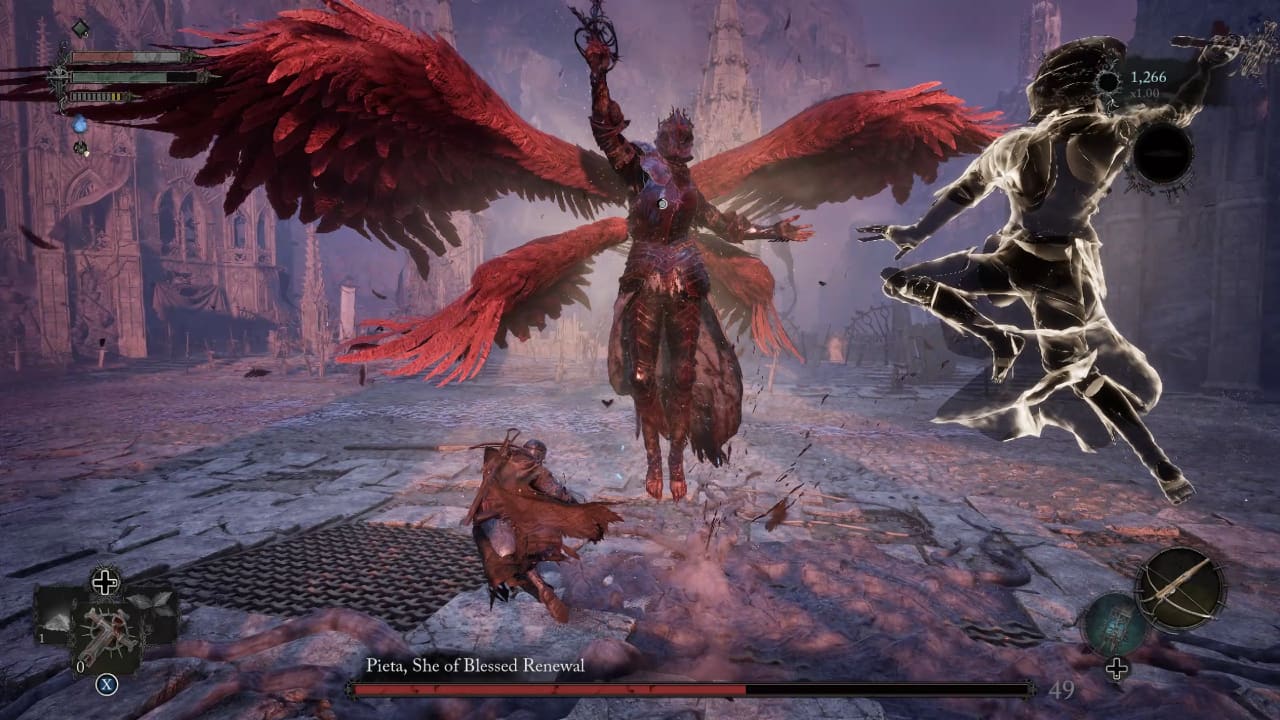
All of this, from story and art direction to gameplay and boss mechanics, paints a clear picture. Lords of the Fallen is made by a team who don’t yet have the experience under their belts to create a true masterpiece, but persist regardless, pouring their love for the genre and passion for the artform into their work. The result is this, an imperfect game with an inescapable charm. It’s fun to play, it’s an experience to enjoy, and it’s rough around the edges all at once. Lords of the Fallen has found its footing this time around, and set itself on the right path. There is incredible potential here. Watch this series, because once it finds a definitive identity and achieves a level of polish mirroring From Software, we may well see a full masterpiece take form.

